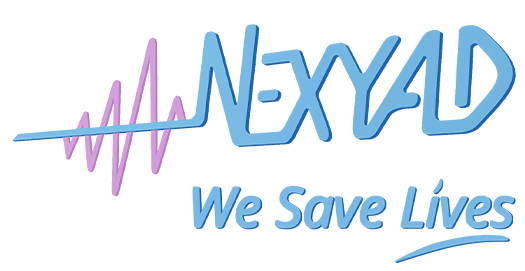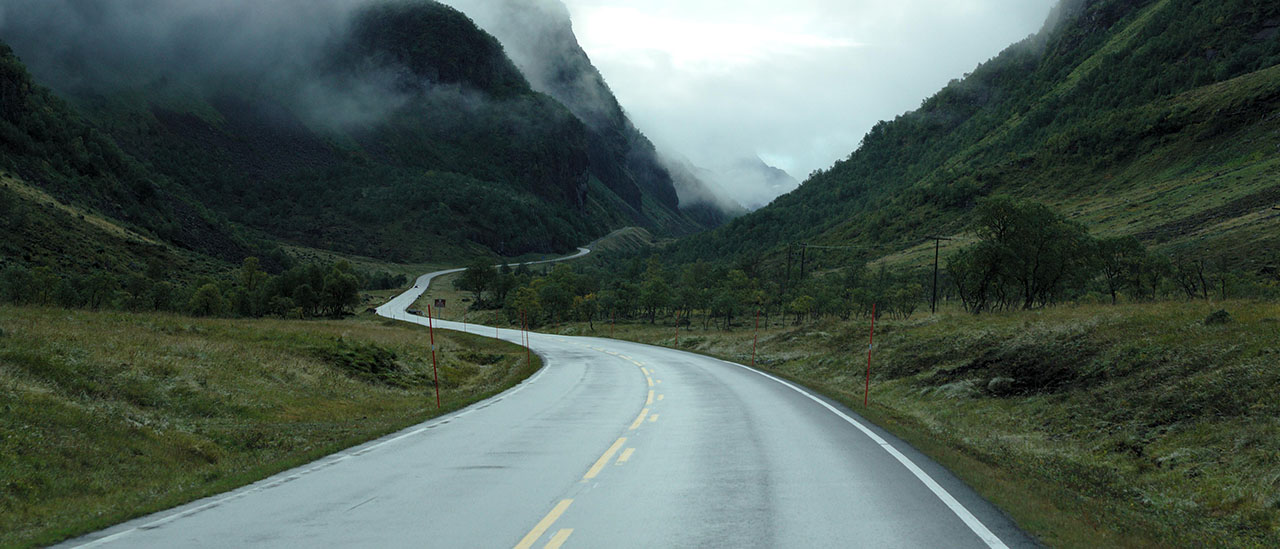Driving Delegation: key elements for an artificial perception system
Publication of September 2, 2015
Authors : Gérard YAHIAOUI & Pierre DA SILVA DIAS
INTRODUCTION
The automotive industry starts offering ADAS, and plans to propose in the near future partial or total driving delegation systems.
Main cases to be processed first may be:
. Highway driving, where the number of events per kilometer is small because the infrastructure has been designed to minimize path irregularities (little or no turns, every car in the same direction, wide track, geometric visibility up to several kilometers, enough little interactions between vehicles, at least when the traffic is flowing).
. The city, where infrastructure complexity is very large, where interactions between the road users are very strong, making detection a difficult tasks, but where speed of the vehicle is low.
In all cases, these future ADAS require developing advanced systems of perception.
ADVANCED PERCEPTION
Perception consist in detecting objects, clustering, and possibly tracking them in their own trajectory, from selected sensors (cameras, radar, lidar, slam, ultrasound, …)
It is usually presented as several phases :
. Detection: we perceive that « something » comes off the background, but we do not know what it this is. The Johnson criteria for detection give a theoretical limit of one period, or a minimum width of two pixels to detect a stationary object.
. segmentation and tracking: when zones are detected as being detached from the background (the landscape for image processing, the cluter for a radar, …), the detection must be agglomerated to track large enough objects that may have a meaning.
. Recognition: Recognition is to be able to say what it is. The Johnson criteria for human vision is about 6 periods (for stationnary objects) which gives 12 pixels.
. identification: identification gives, in the recognized class, the precise name of the object.
Detection is by far the most complex. It is potentially based on several principles:
. breakage hypothesis : we made a number of assumptions about world geography. We choose this hypothesis and make sure they are verified for the landscape (or cluter), and not for the objects to be detected. The non-validation of assumptions corresponds to a detection.
. the confrontation of a knowledge of the landscape or cluter: Comparing the « background » as it is supposed to appear in the absence of additional objects with said background which contains objects lead to detection of those objects.
. the knowledge of the shape of the objects to be detected: in this case the detection and pattern recognition are the same. System detects an object in its environment because it recognizes this object.
Human perception jointly implements the three principles.
Perceptions systems incorporate sensors and methods of processing, and are generally effective in a frame capture conditions, and little or not effective in the other frames. For example, a camera in the visible wavelenghts (and its image processing methods), will generally not be effective at night or in fog because « you can not see anything. »
PERFORMANCE, STRENGTH, RELIABILITY
No detection system can operate in any case when dealing with a real problem in the open world.
Designing a detection system then comprises two important phases:
. extend the maximum possible number of cases where the detection system works.
. have a diagnosis that allows to know when it is or when it is not in a position to that the perception system is effective.
We talk about performance (very efficient detection of all objects of interest), strength (number of cases where the collection system remains effective), and reliability (Situational Awareness in which one is and thus the confidence that can be placed in the collection system).
These three elements, performance, robustness, reliability, should be fully known in order to cooperate collection systems (for example, a camera and a radar).
NEXYAD proposed the Methodology AGENDA for characterizing life situations, using the formalism of orthogonal plans of experiments. The recognition of cases of functioning mode can be based on the description of life situations with this methodology. This gives a theoretical and practical framework for an estimation of robustness and reliability.
Performance is measured with statistical comparison operators: in general, it is considered the output of a detection system is a categorical variable with two categories: « detected » and « not detected ». This variable must be compared to a qualitative variable of reference that also has two modalities: « Presence of an object to
be detected » and « absence of objects to be detected. » The comparison can not be made by calculating a percentage (yet it is often that performance is measured this way), but it must use tools such as contingency table, the Khi2, normalized Khi2, khi2 in the box, etc …
To extend the life situations of the domain where the system detects objects correctly, we use to make cooperate several detection systems which use complementary types of sensors (eg in fog, we will trust in radar or infrared detection, but not detection by conventional camera).
A reliable system is one that is able to answer « I do not know »: in the case of driving delegation a system that could detect all objects so powerful, robust, and reliable in 30% of the time has a great value.
The delegation of driving frees 30% time of the driver, which is a real value proposition.
SAFETY OPERATION
Safety is a discipline that encompasses many issues with the objective of ensuring the proper functioning of the system in all cases.
In particular, we must be vigilant concerning detection systems which require to have several measurement channels, such as stereovision.
If detection works only when you can have both cameras, then safety experts refuse such a system because two cameras means 2 times more likely that one fails.
We then see that perception system must have quite still usable « degraded mode » when simulating glitches sensors. A good design of a perception system for ADAS incorporates all these elements.
SYNTHESIS
The race for performance that interests the engineers is rarely the real issue in industrial systems. A system that allows to delegate the driving in 30% of cases (eg clear overcast day dry) and « knows » when there is a case for which it works or does not work, can delegate driving and release the driver for 30% of the time.
This is a proposal for a very high value for the driver.
A system that works effectively in 99% of cases without knowing precisely when it works is absolutely unusable. No manufacturer will put such a system in operation for road safety applications.
The company NEXYAD has been working on these issues for twenty years, especially on road detection, obstacles detection, measurement of visibility (to describe cases where the detection is reliable, for example), the estimation of road safety (suitability driving style with the infrastructure).
NEXYAD developed:
. efficient and very robust basic bricks: RoadNex, ObstaNex, VisiNex onboard, SafetyNex
. a methodology for characterizing life situations in which it develops and tests an ADAS: AGENDA (Improvement performance, the recognition of cases of good performance, and validation of ADAS).
. know-how in collaboration between multiple perception systems.





















